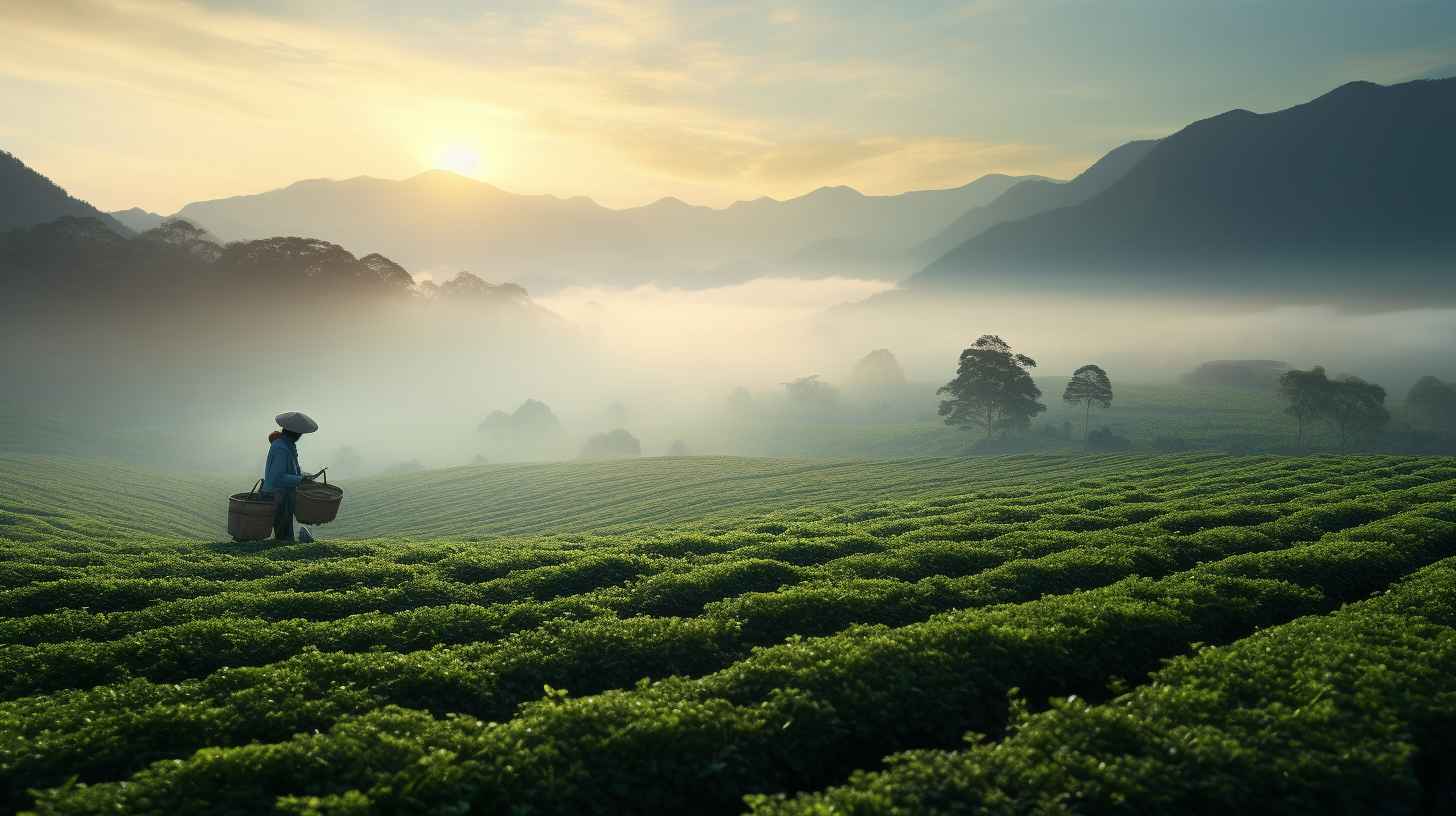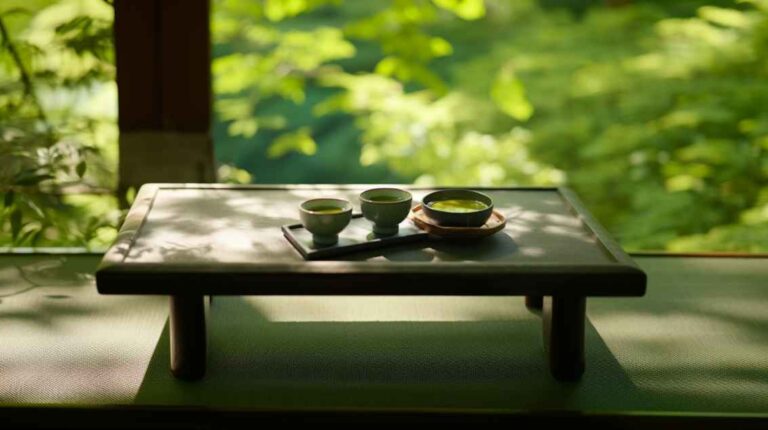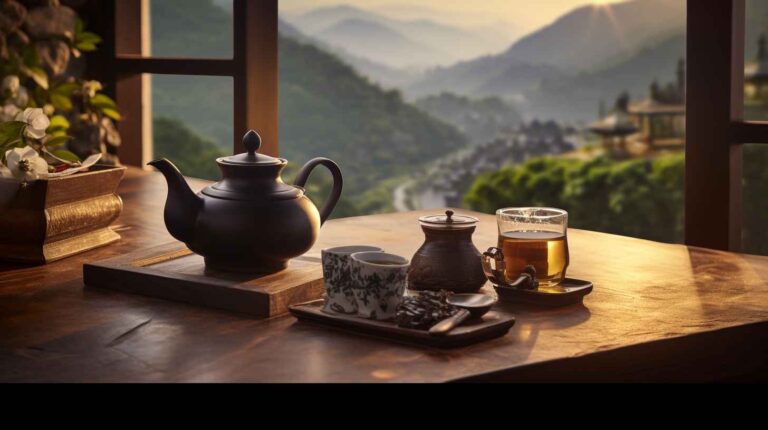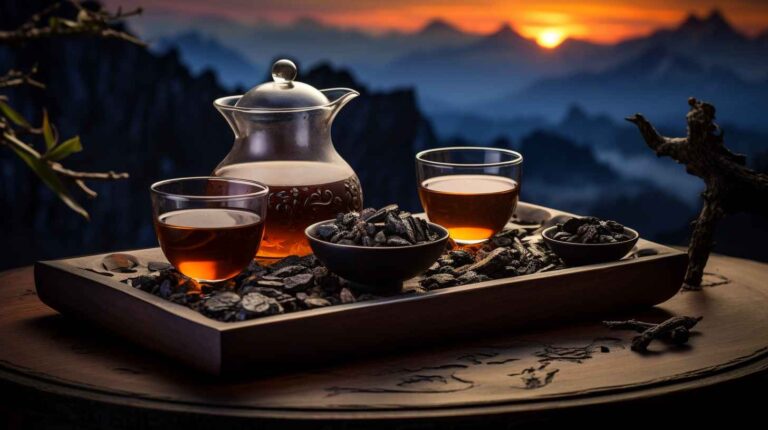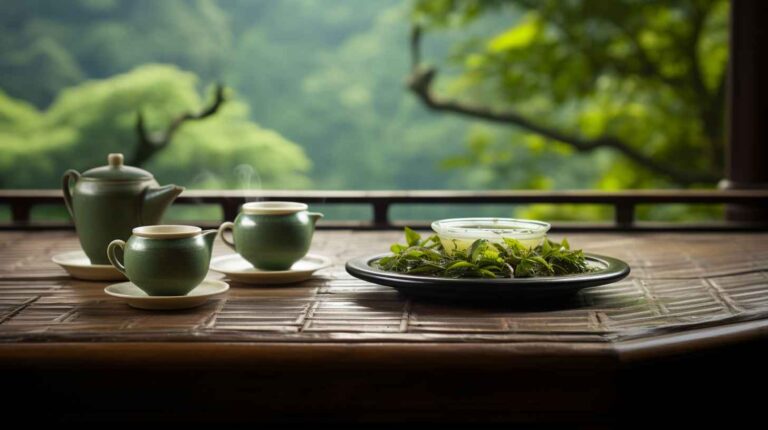White Teas: The Delicate Art of Minimal Processing
Introduction
Tea, a beverage steeped in history and culture, possesses a vast spectrum of variations. Among these, white tea stands as a testament to the beauty of subtlety and simplicity. With its delicate aromas and ethereal flavors, it’s akin to capturing the morning dew or the soft whispers of nature within a cup. While to an outsider, the production might seem straightforward, the journey of crafting white tea is laden with tradition, expertise, and precision. Let’s embark on this journey together, unraveling the stories, techniques, and artistry behind the creation of white tea.
The Deep-Rooted Origins of White Tea
Long before tea became a global sensation, it was revered in its birthplace: China. Among its vast landscapes and diverse climates, the Fujian province emerged as the cradle of white tea. There’s an old saying in Fujian that the best water for brewing tea comes from the mountains, while the most prized teas, like white tea, are gifts from the heavens. Such has been the aura surrounding white tea.
Historically, white tea was a beverage of the elites. The emperors and nobles of ancient China cherished it not just for its flavors but also for its symbolic value. The delicate, silvery-white hairs on the unopened buds signified purity, longevity, and fortune. As a result, gifting white tea became a gesture of respect and goodwill.
Harvesting: A Race Against Time
Springtime in Fujian is a sight to behold, especially in the tea gardens. As winter recedes, the tea bushes awaken, sprouting tender leaves and buds, ready for the year’s first harvest. But in this period of rejuvenation, tea farmers face a daunting task. For white tea, only the finest, youngest leaves and buds are suitable. Every morning, as the sun’s first rays kiss the earth, skilled hands pick these treasures with an urgency that’s palpable. There’s no room for machines or errors in this process.
The window for this harvest is fleeting. A delay of even a day can alter the quality and profile of the tea. Hence, farmers often liken it to a dance – one that requires harmony with nature, understanding the rhythms of the tea plant, and impeccable timing.
Withering: The Gentle Caress of Sun and Shade
Having secured the prized harvest, the next step is a delicate dance between man and nature. The freshly picked leaves are laid out, either under the gentle warmth of the sun or the cool embrace of the shade. This withering stage is pivotal for white tea. As the leaves lose moisture, they begin a mild oxidation process, differentiating them from green teas, which are processed to prevent any oxidation.
This phase is a testament to the tea maker’s expertise. Factors like temperature, humidity, and time play crucial roles. Even a slight miscalculation can compromise the tea’s quality. The goal is to retain the leaf’s natural beauty and essence, ensuring it doesn’t turn brown or lose its delicate character.
The Philosophy of Minimalism in Processing
In today’s world, where everything is about more – more flavor, more aroma, more intensity – white tea embraces a different philosophy: minimalism. This minimalistic approach is evident in every step of its processing:
- No Rolling: Rolling is a common practice in tea processing, used to intensify flavors by rupturing the leaf cells. However, white tea believes in restraint. The leaves remain untouched, echoing their natural form and preserving the gentle nuances that make white tea special.
- No Firing: Green teas are often fired or steamed to arrest oxidation, ensuring they retain their vibrant green hue. In contrast, white teas are allowed to whisper their stories without the influence of fire or steam. This light oxidation imparts a unique mellowness, setting them apart in the tea spectrum.
A Palette of White: Varieties That Enchant
The world of white tea isn’t monochromatic. Over centuries, based on the region, harvest time, and specific techniques, several white tea varieties have emerged:
- Silver Needle (Bai Hao Yin Zhen): A poetic name for a poetic tea. Made exclusively from the tender buds, it shines in its simplicity. With a gentle sweetness, reminiscent of fresh hay or honeydew, it’s often the first choice for white tea connoisseurs.
- White Peony (Bai Mu Dan): A harmonious blend of buds and leaves, Bai Mu Dan paints a more complex flavor canvas. While it retains the sweetness, there are also notes of fresh foliage and florals, reminiscent of spring meadows.
- Long Life Eyebrow (Shou Mei): This variety showcases the beauty of maturity. Made from older leaves, it offers a deeper, more robust flavor, often hinting at fruits or roasted nuts. It serves as a bridge, connecting the lightness of white teas and the depth of green teas.
A Treasure Trove of Health: Beyond Taste
While the gentle allure of white tea lies in its subtle flavors, its offerings go beyond mere sensory delight. In ancient Chinese medicinal practices, tea was more than a beverage – it was a potent elixir, a source of wellness and healing. White tea, in its pure and minimal form, encapsulates many of these healthful virtues:
- A Fortress of Antioxidants: White tea’s minimal processing ensures that it retains a higher concentration of antioxidants, especially catechins. These compounds are renowned for combating oxidative stress, protecting our cells from damage by free radicals. In a world where we’re constantly exposed to environmental stressors, a cup of white tea serves as a gentle shield.
- Guardian of the Heart: Modern scientific research has revealed the protective effects of white tea on the heart. Its consumption has been linked to improved cholesterol profiles, reducing the levels of LDL (bad cholesterol) while elevating HDL (good cholesterol). Furthermore, the polyphenols in white tea help relax blood vessels, promote blood flow, and reduce blood pressure – all of which are crucial for cardiovascular health.
- The Fountain of Youth for Skin: The radiant glow of youth isn’t just achieved through topical applications. What we consume plays a significant role. White tea, rich in antioxidants, offers protective effects against UV radiation and environmental pollutants. Its anti-inflammatory properties reduce redness, while its abundance of catechins assists in rejuvenation, leaving the skin looking fresh and vibrant.
- An Ally in Weight Management: The battle with the bulge is a modern-day challenge, and white tea emerges as a worthy companion in this journey. Studies suggest that the catechins in white tea inhibit the formation of new fat cells while promoting the breakdown of fat in existing ones. Moreover, its mild caffeine content can boost metabolism, aiding in effective calorie burning.
The Palette of White Tea: A Sensory Journey
White tea is a symphony of flavors and aromas. But unlike a grand, overwhelming orchestra, it’s a gentle lullaby – nuanced, layered, and ethereal. The flavor profile is influenced by numerous factors, making each sip a new discovery:
- Terroir: Just as wines derive their unique character from their place of origin, teas too are a reflection of their terroir. The soil, climate, and altitude of the Fujian province impart specific qualities to white tea, making it distinct from teas grown elsewhere.
- Age and Storage: White teas, especially those stored well, evolve over time. Aging can transform their flavors, making them richer and more multifaceted. A well-aged white tea can offer notes of dried fruits, honey, and even a slight woodiness.
- Brewing Techniques: The art of brewing plays a pivotal role in the final flavor profile. Factors like water quality, temperature, tea quantity, and steeping time can amplify or diminish certain notes. Mastery in brewing is essential to unveil the true essence of white tea.
The Ritual of Brewing: Crafting the Perfect Experience
White tea’s gentleness demands respect, even in the brewing process. Here’s a guide to ensuring that you extract the maximum potential from every leaf:
- Water Quality: Begin with fresh, pure water, preferably filtered. The purity of water can dramatically influence the final taste, ensuring that no external flavors interfere with the tea’s essence.
- Water Temperature: Unlike black or green teas, white tea requires cooler water. Boiling water can scorch the delicate leaves, leading to a bitter taste. Aim for a temperature around 185°F (85°C).
- Steeping Time: While general guidelines suggest a 4-5 minute steep, personal preferences matter. A shorter steep yields a lighter, more ethereal brew, while a longer one can reveal deeper, more intense flavors. However, the beauty of white tea lies in its forgiving nature; even a longer steep rarely leads to bitterness.
Conclusion: A Homage to Nature and Tradition
White tea stands as a testament to the power of simplicity and tradition. In its delicate flavors, we experience the purity of nature, the dedication of tea farmers, and the wisdom of ancient practices. It isn’t just a beverage; it’s an experience, a moment of reflection, and a connection to a heritage that spans centuries.
In our fast-paced, complex world, white tea offers a respite. It invites us to slow down, to cherish the moment, and to immerse ourselves in its gentle embrace. As the pale golden liquid touches our lips, we aren’t just savoring flavors; we’re connecting with the soul of the tea leaf, understanding its journey from the gardens of Fujian to our cup.
So, the next time you brew a pot of white tea, take a moment. Breathe in its aroma, appreciate its color, and when you sip, remember: you’re not just drinking tea, you’re celebrating an art form that has stood the test of time.
